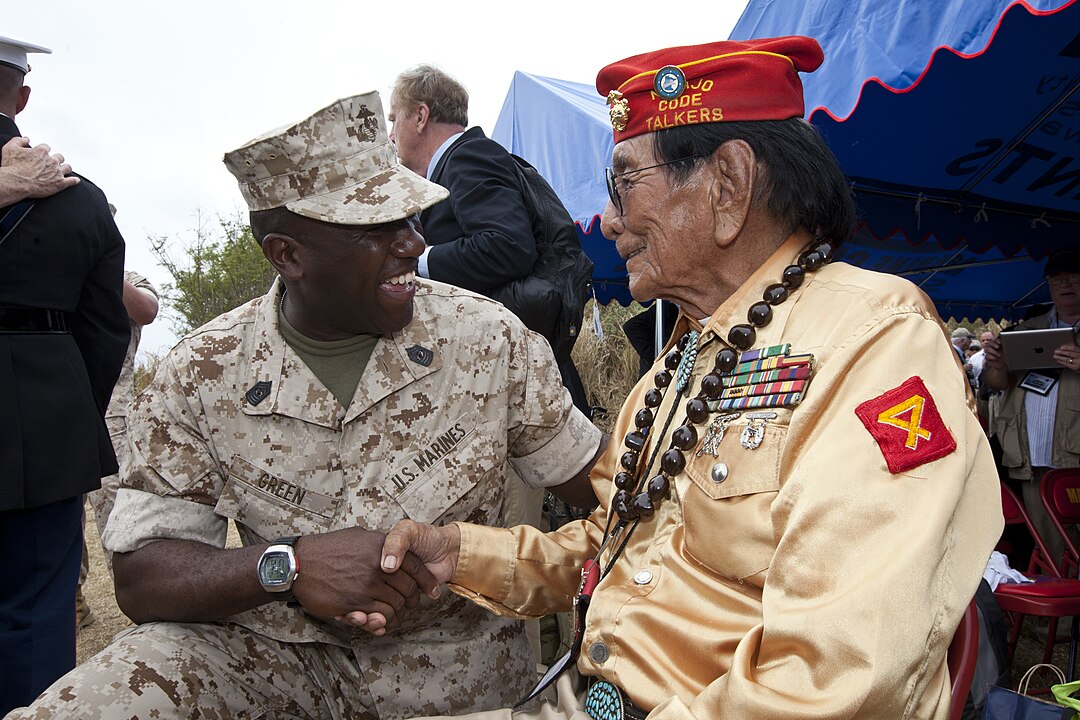World War II wasn’t just a war, it was a complete upheaval of life as people knew it. Teenagers today might learn about battles and treaties, but they rarely hear about the daily grind and personal sacrifices. From blackout curtains to backyard gardens and heartbreaking goodbyes, WWII reached into every corner of life. These 12 realities offer a glimpse into the struggles and resilience of those who lived through one of the most intense periods in modern history.
1. Teens Were Sent to Fight
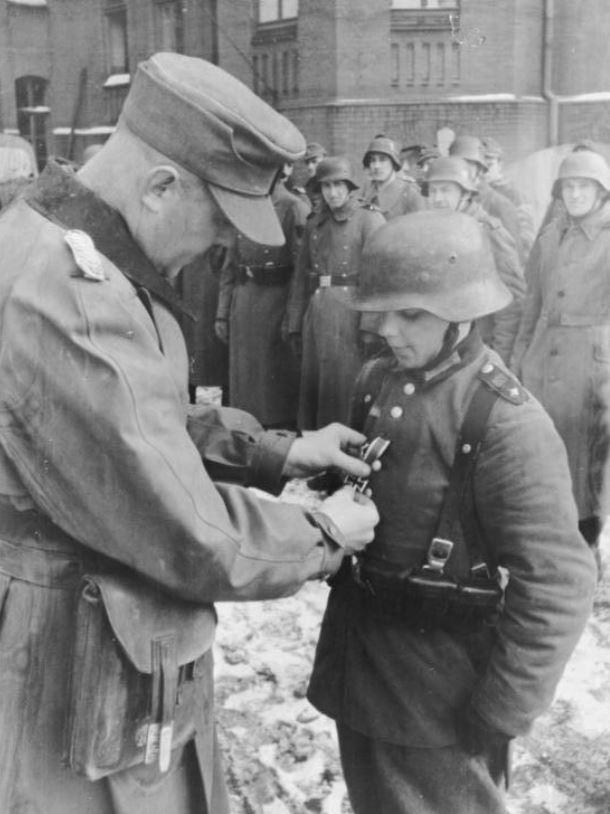
Many young soldiers were barely out of high school. Some lied about their age to enlist, desperate to serve their country. These teens left behind families, sweethearts, and the comforts of home for boot camp, foxholes, and faraway fronts. Today’s teens might imagine themselves cramming for tests, but back then, teens were cramming into barracks, learning how to survive in war zones thousands of miles away. Their coming-of-age was fast, brutal, and unforgettable.
2. Cities Went Dark at Night

To avoid being spotted by enemy bombers, entire cities enforced blackouts. Families used heavy curtains or paint to cover windows. Streetlights were dimmed or turned off completely. Teenagers couldn’t go out late, and nighttime became eerie and tense. Even homes close to military bases were required to go dark. This loss of light meant a loss of normalcy, no evening drives, no movie nights, and no feeling of safety once the sun went down.
3. Families Grew Their Own Food
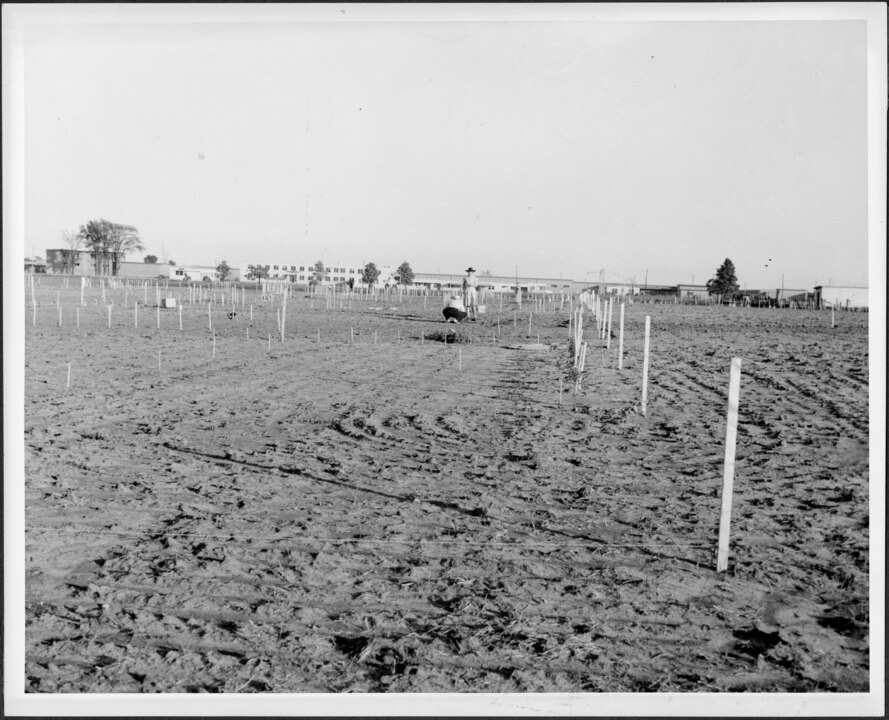
Food shortages led to the rise of Victory Gardens, where families grew fruits and vegetables in backyards, empty lots, and even city parks. Teens helped plant, weed, and harvest to feed their families and free up supplies for soldiers. Gardening wasn’t a hobby, it was a necessity. Canned goods were prized, and wasting food was frowned upon. Every meal was a reminder that the war effort didn’t just happen overseas, it happened at home, too.
4. Everything Was Rationed
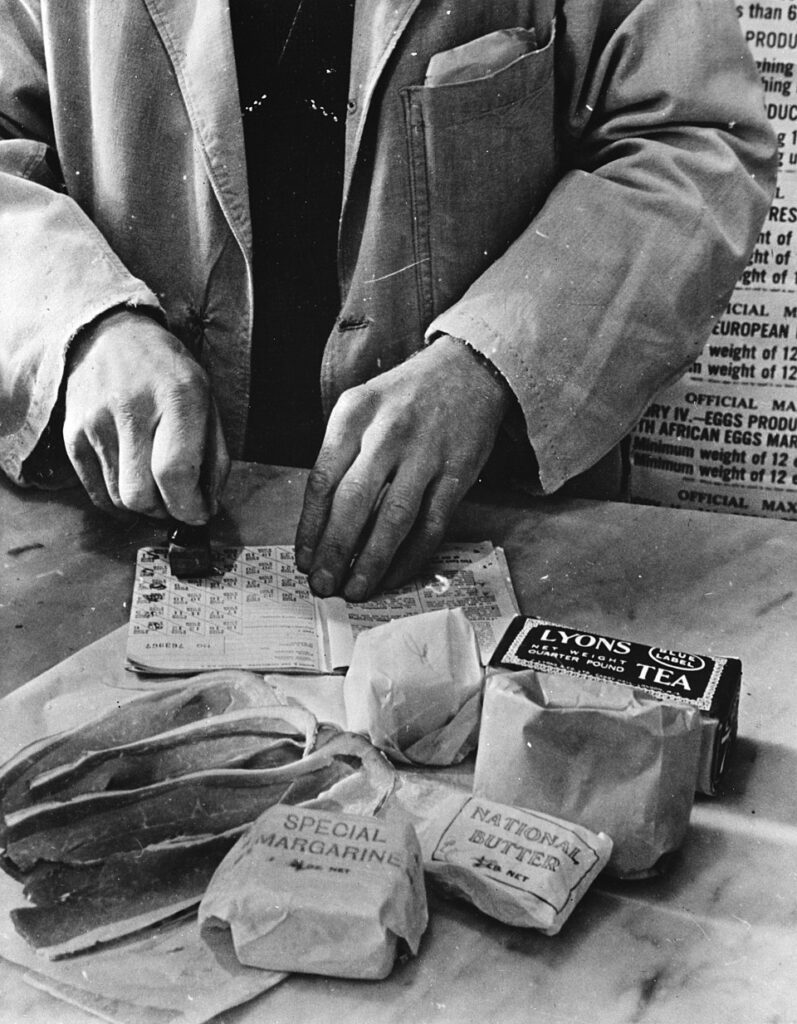
Gasoline, rubber, sugar, meat, and even clothing were strictly rationed. Families received books of stamps that limited how much they could buy. Teens couldn’t just grab a soda or go for a drive with friends. They had to plan carefully and make do with less. Hand-me-downs were the norm. Even chewing gum was scarce. It taught a generation the value of sacrifice, patience, and resourcefulness in a way that’s hard to imagine today.
5. Women Ran the Factories
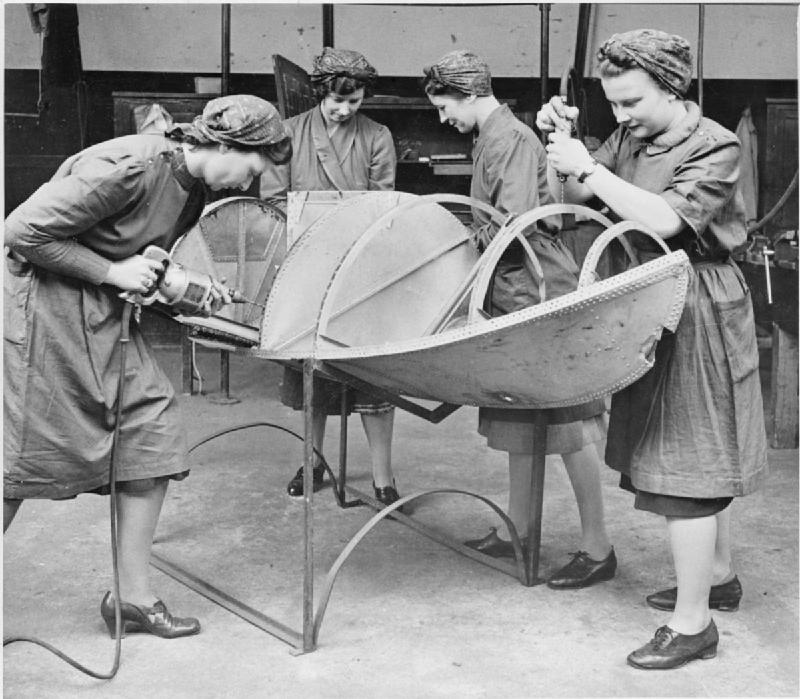
With so many men at war, women filled the gap in factories, shipyards, and plants. Teens saw their mothers, and sometimes even their sisters, don work overalls and step into roles traditionally held by men. “Rosie the Riveter” became an icon. Girls in high school began learning trades instead of just homemaking. The experience sparked a shift in gender roles that would ripple into future decades. These were the roots of modern working-women culture.
6. Propaganda Was Everywhere
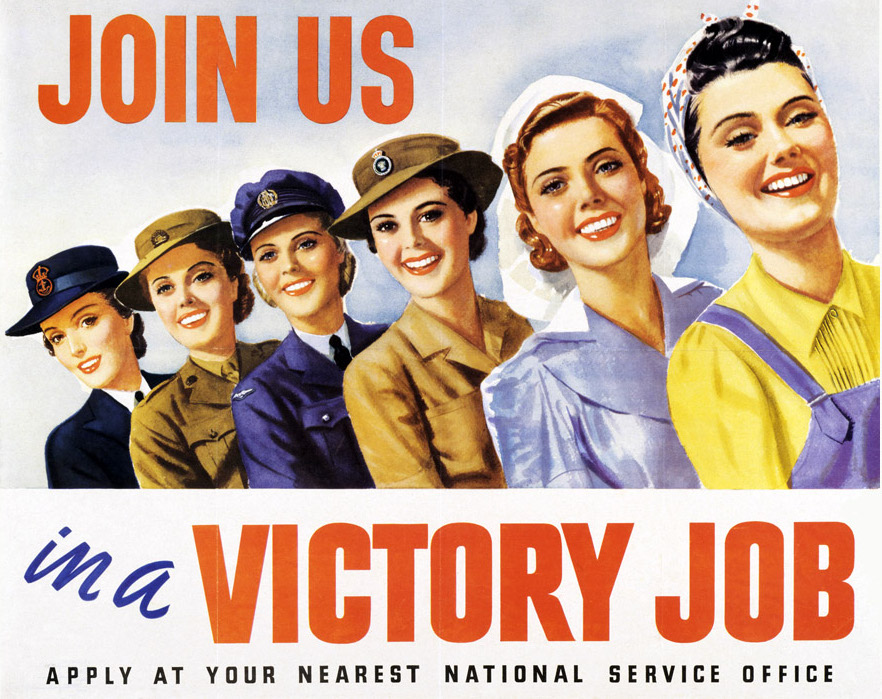
Posters, films, radio shows, and even cartoons were loaded with patriotic messages. Teens couldn’t escape it. Schoolbooks carried war themes. Movies were filled with heroic soldiers and villainized enemies. Even comic books joined in. The message was clear: support the war, stay strong, and stay united. This constant messaging shaped young minds. It encouraged service, sacrifice, and suspicion, all while boosting morale and suppressing dissent. It was advertising with a mission far beyond selling products.
7. Letters Took Weeks to Arrive
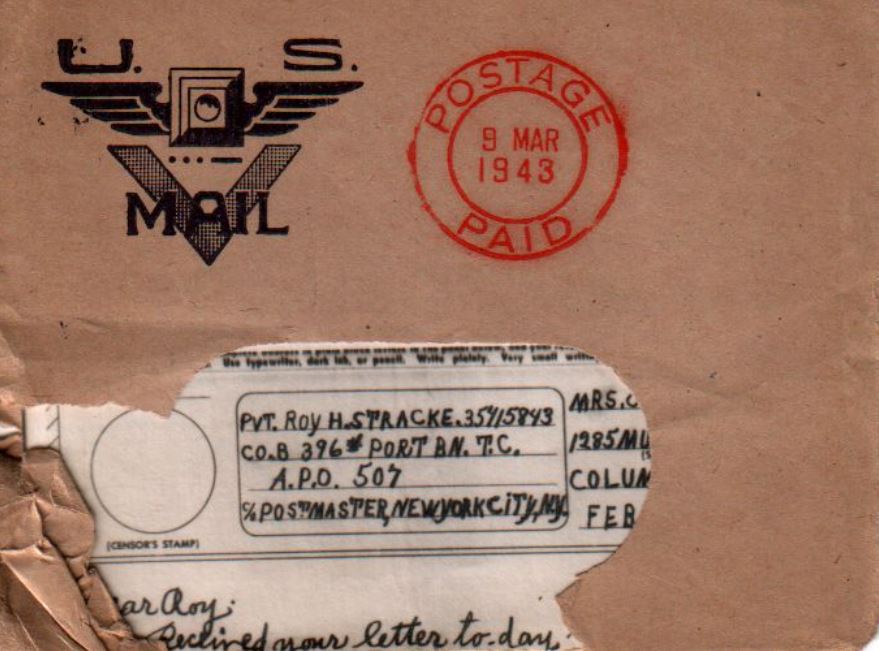
Texting wasn’t an option, communication happened through handwritten letters that could take weeks or months to arrive. Teens in love, separated by continents, waited anxiously for any word. Sometimes letters never came at all. Mail was censored to remove sensitive information. For many, the delay between writing and reading meant learning news that was already outdated, or heartbreaking. Every envelope carried hope, fear, and connection in a way today’s instant messages never could.
8. Kids Collected Scrap Metal
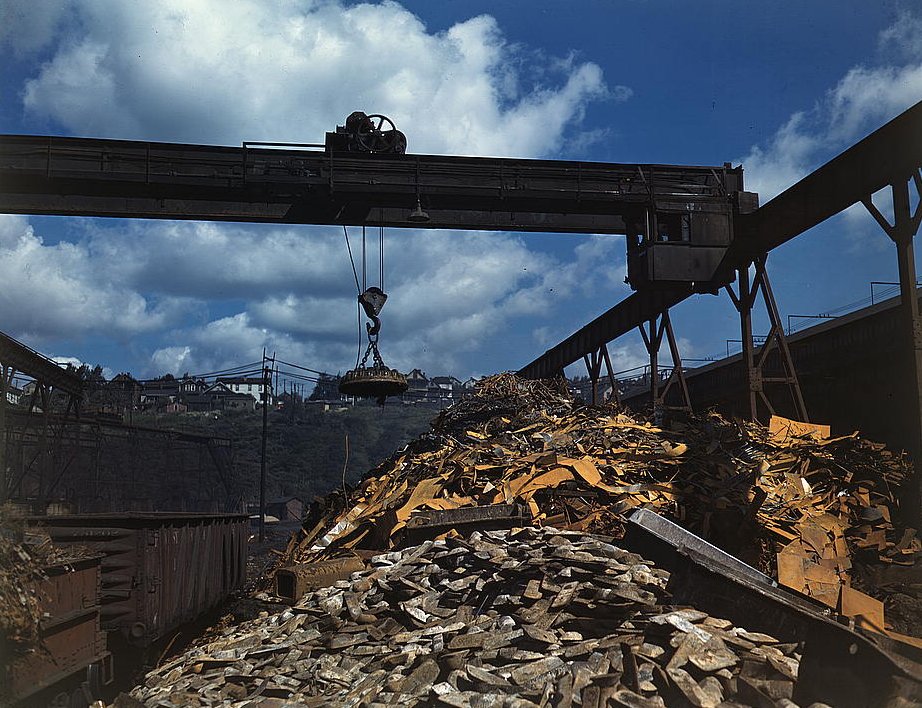
Even children were called upon to help. Teens and younger kids collected rubber, metal, and other materials to support the war effort. They went door to door, dug through garages, and helped organize drives at school. Everything from old pots to broken bikes was gathered and repurposed for tanks, planes, and ships. Participation wasn’t optional, it was a source of pride. It gave teens a sense of purpose and unity during uncertain times.
9. Bomb Drills Were Routine
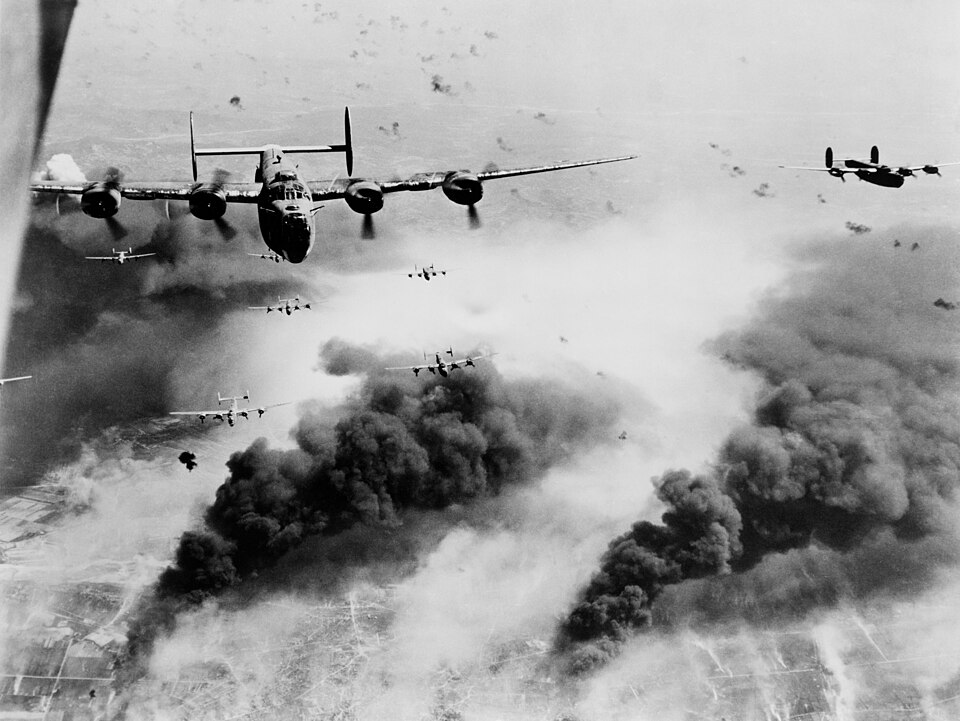
Just like today’s fire drills, teens in the 1940s had to practice what to do in case of air raids. Schools conducted regular bomb drills, where students ducked under desks or headed to designated shelters. The fear of being attacked, even on American soil, was real. It wasn’t just a safety exercise; it was a psychological burden. Growing up with the constant threat of war overhead made teens mature quickly and think cautiously about the future.
10. Entire Towns Lost Young Men
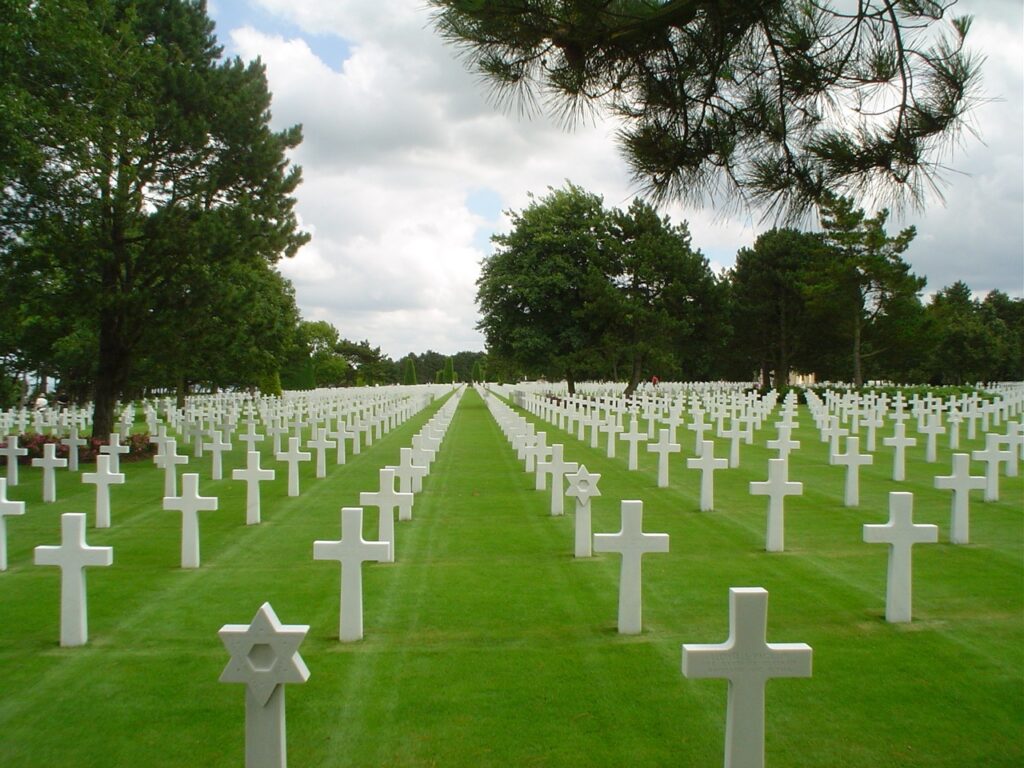
Some small towns lost so many young men that they were left with entire graduating classes missing. Every home had someone serving, and every community had someone grieving. High school sweethearts vanished into war zones. Local baseball teams never reformed. Memorials were quickly built. For teens back then, war wasn’t a chapter in a textbook, it was a hole in the heart of the community. Every casualty brought the war painfully close to home.
11. Not Everyone Came Home Whole
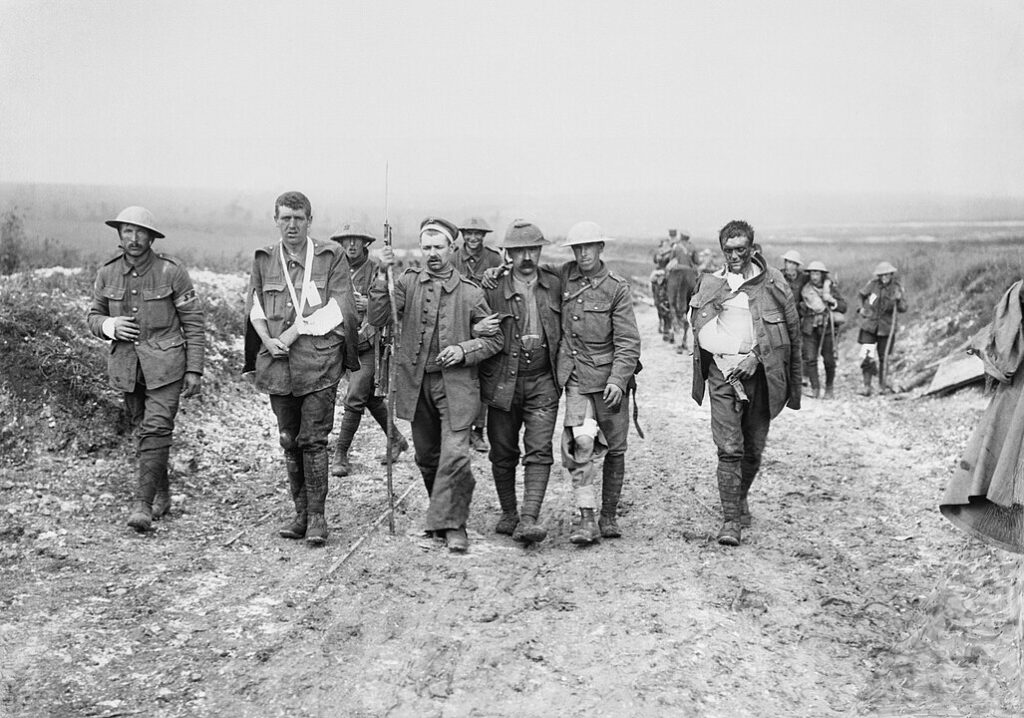
Those who survived didn’t always return the same. Physical injuries were visible, but psychological wounds were often hidden. PTSD wasn’t widely understood, and many returning soldiers, some barely older than teens themselves, struggled to reintegrate. Families had to adjust. Teens saw firsthand how war could steal joy, peace, and identity. It was a sobering reality that stuck with them long after the final battles ended. The scars of war didn’t fade just because the fighting stopped.
12. The War Changed Daily Life Forever
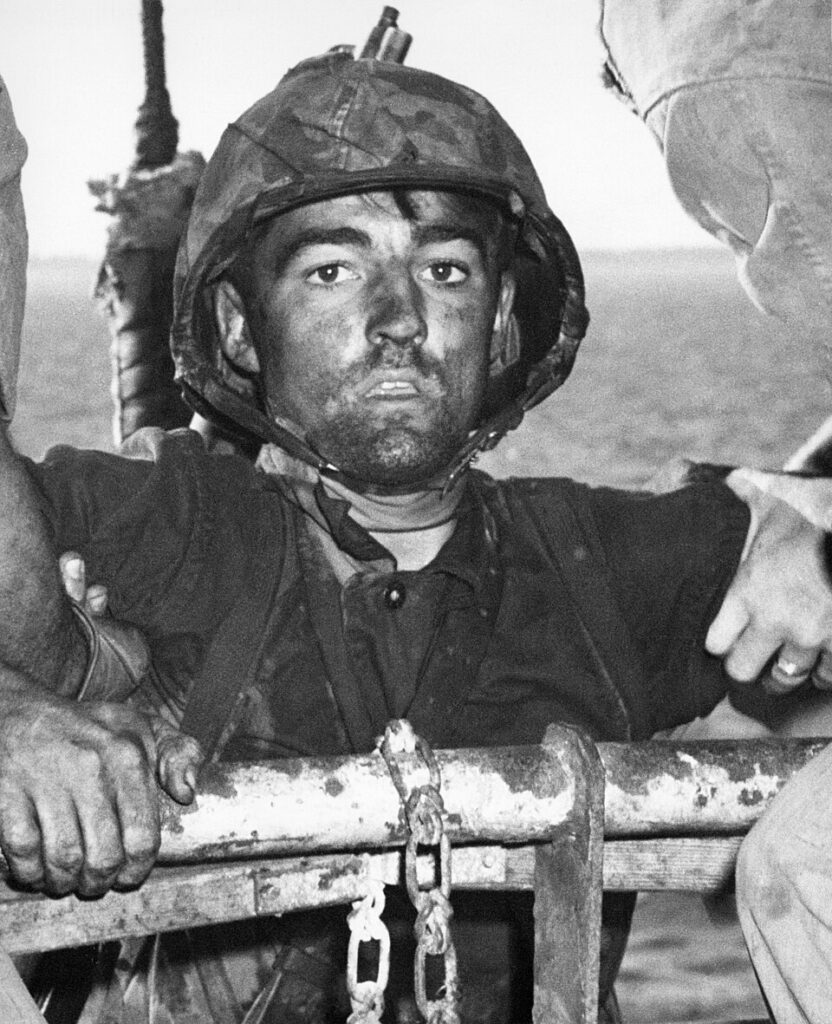
World War II redefined what “normal” meant. From technology and gender roles to fashion and family structure, the war shaped a new American identity. Teens who lived through it entered adulthood with resilience, resourcefulness, and a sharper sense of duty. They grew up fast, because they had to. For today’s generation, it’s a reminder that history isn’t just dates and names. It’s real people, real hardship, and real change that still echoes through the present.

